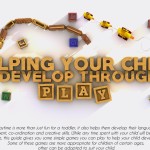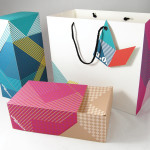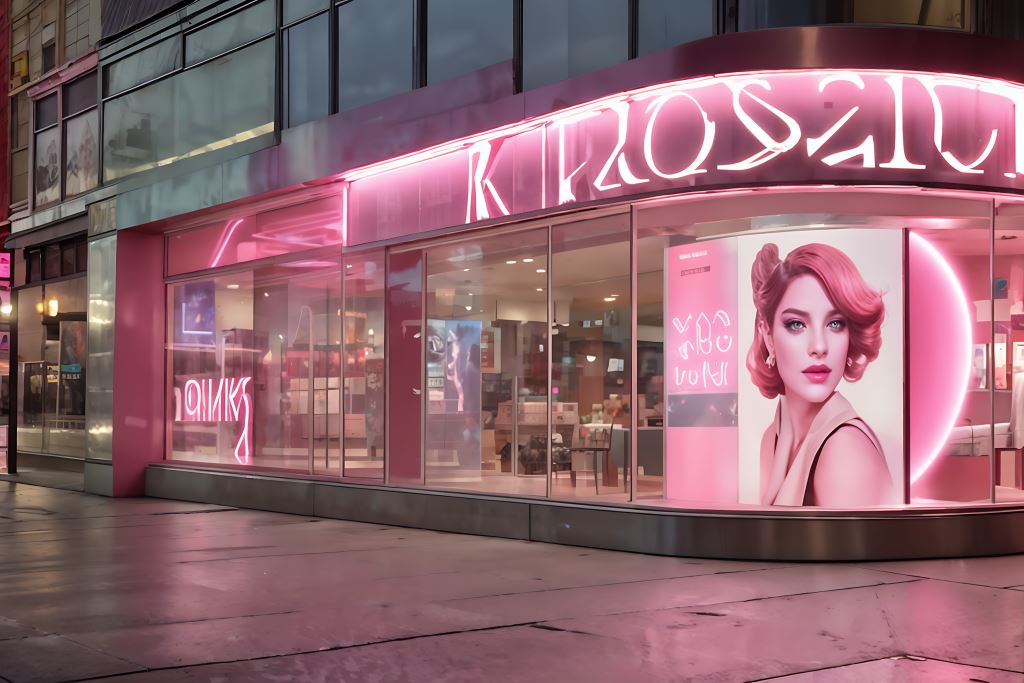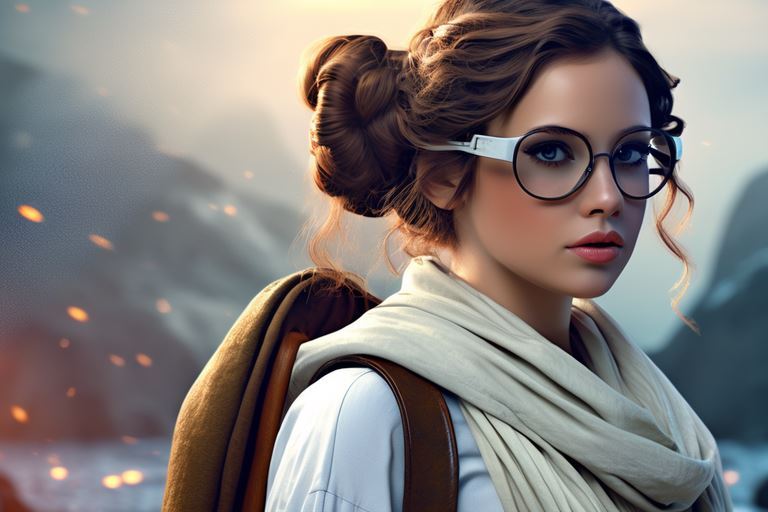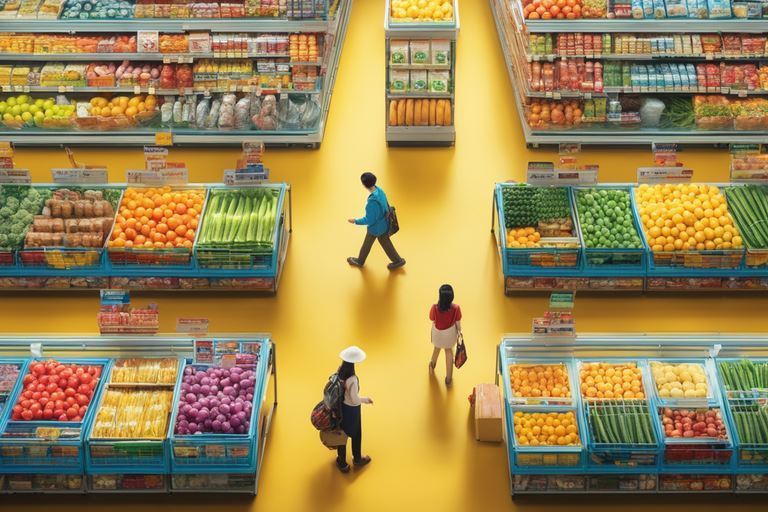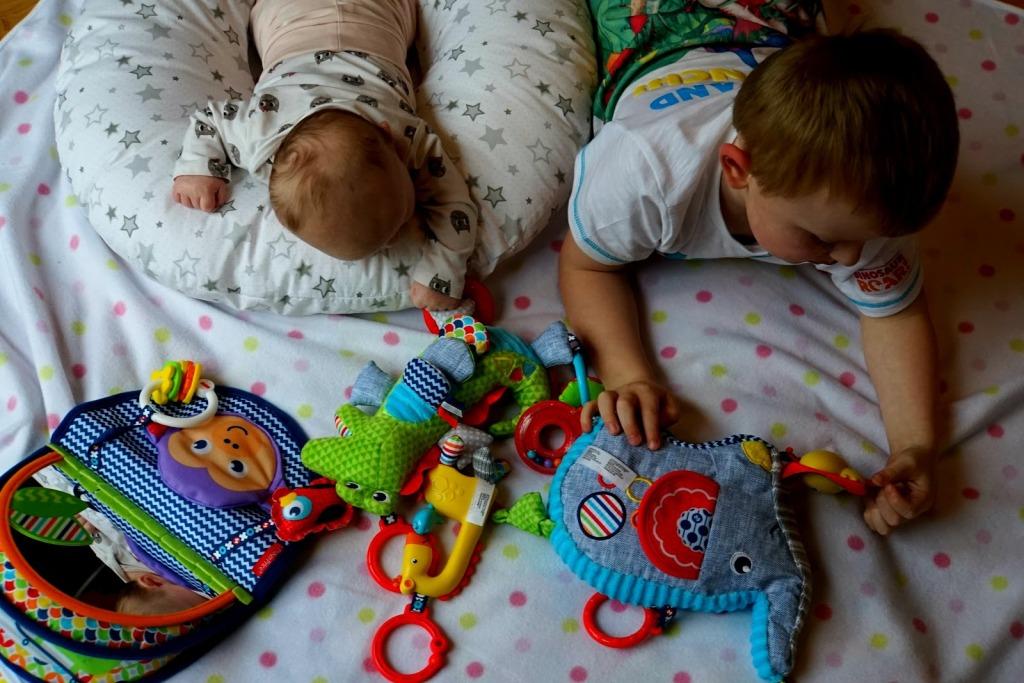
Babies love toys and there is no shortage of choice when it comes to buying them, but the range of choice and age-labelling can cause confusion to outright bewilderment, for example parents of larger babies might find themselves wondering if they should buy toys for older babies and vice versa.
It’s important to understand that baby toys are different from clothes in that clothing sizes give an indication of how big the average baby is likely to be at that age and it doesn’t usually make any real difference if you buy a size up or a size down to suit your baby.
Baby toys, however, are designed to reflect what your baby can do at that stage and while there can be a bit of leeway in that some babies develop some skills quicker than others (and may also develop some skills more slowly than others) but overall, for reasons of safety and to encourage your baby’s development, you should generally look for age-appropriate toys so here is a quick guide to doing so.
Birth to six months
This part of a baby’s life is a little mini-marathon in that your baby goes from having practically no vision and very little ability to move, to being able to see fairly well, roll over, sit up (with support), manage their head, babble and laugh. Most of this development happens from about four to six months.
Appropriate toys
Sound delights babies of this age, music in particular, so anything with audio is likely to go down well. In the earliest stages, babies can’t really hold toys, but they can appreciate cot mobiles, which move on their own. Look for ones made specifically for newborns as these will not only be safe, but will have bright, contrasting colours babies can identify.
Mirrors (unbreakable ones) are also a good choice for much the same reason, just be careful how you place them so you don’t dazzle your baby. As your baby develops, they’ll start to be able to grasp toys, so think about texture (comfort blankets) and audio/sensory feedback (rattler and teethers).
Six to twelve months
This is around the time when your baby will start to crawl like a champion and their hand-eye coordination will have developed to a stage where they not only pick up toys, but actually interact with them, for example by putting shapes into holes or pressing buttons to make a sound. There are lots of fun options at this age, just remember that your baby will almost certainly try to put anything they can hold into their mouth, so keep safety in mind and stick with toys intended for infants of this age.
Appropriate toys
Anything interactive, from sorting puzzles to toys which give an auditory response to being handled. Musical instruments can do both. Texture still matters so soft toys, which can literally be cuddled, will go down well. Rockers and bouncers will help them release their boundless energy.
Twelve to eighteen months
This is the toddling stage, where your infant learns to stand and walk. They’re hand-eye coordination will have improved massively and their motor skills and verbal skills will be highly active, so naturally they will be full of curiosity.
Appropriate toys
One thing to keep in mind is to focus on toys that will challenge them mentally (building blocks and puzzles) and/or physically (children’s rocking horses, ride-on or push-along toys). Since they are developing their verbal skills, help them along with toys which use words rather than just sounds.
Peter Scully
Latest posts by Peter Scully (see all)
- The Importance of Psychology in Packaging - October 1, 2020
- How vape and e-cigarette branding and packaging has evolved around the world - December 4, 2019
- How offline and online marketing can worth together to increase brand awareness - June 23, 2019







